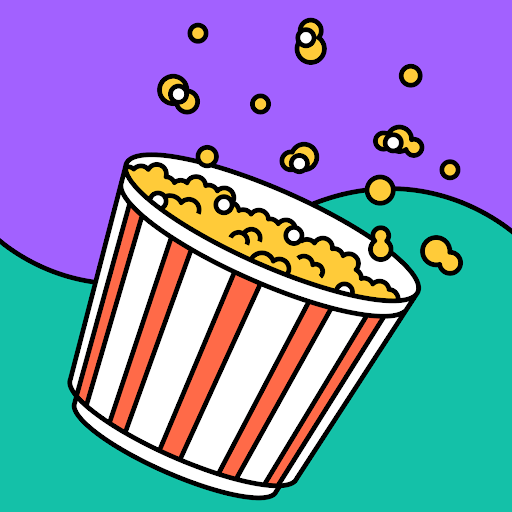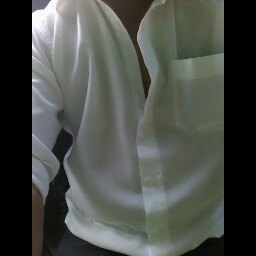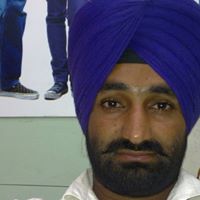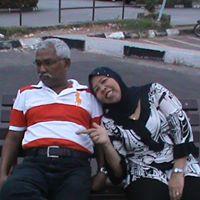Raman M Shah
age ~86
from Jersey City, NJ
- Also known as:
-
- Ramanlal M Shah
- Phone and address:
-
85 Thorne St, Jersey City, NJ 07307
2016535258
Raman Shah Phones & Addresses
- 85 Thorne St, Jersey City, NJ 07307 • 2016535258
- Hoboken, NJ
- Los Angeles, CA
- 85 Thorne St, Jersey City, NJ 07307
Work
-
Position:Food Preparation and Serving Related Occupations
Education
-
Degree:Associate degree or higher
Specialities
Buyer's Agent • Listing Agent
Us Patents
-
Method And Device For Surfactant Activated Dip-Pen Nanolithography
view source -
US Patent:20060242740, Oct 26, 2006
-
Filed:Aug 10, 2005
-
Appl. No.:11/201562
-
Inventors:Charles Collier - San Marino CA, US
Seung-Yong Jung - Seoul, KR
Hyungil Jung - Pasadena CA, US
Chiraj Dalal - Pasadena CA, US
Steven Kuntz - Pasadena CA, US
Raman Shah - Pasadena CA, US -
Assignee:California Institute of Technology - Pasadena CA
-
International Classification:C30B 25/12
-
US Classification:977715000
-
Abstract:A method for forming one or more nano-sized patterns using one or more molecule species overlying a substrate structure. In a preferred embodiment, the pattern or patterns relate to an array of biological molecules (e.g., DNA, small molecule(s), protein(s), ligand(s)). The method applies a probe tip (e.g., atomic force microscope probe (AFM probe)) within a vicinity of a first spatial region of a surface region of a substrate member, which is characterized by a first characteristic, e.g., hydrophobic, hydrophilic, partially hydrophobic, partially hydrophilic. In a specific embodiment, the probe tip is in a direction (e.g., normal, at an angle toward) toward the spatial region on the surface region. The method includes transferring one of more of a plurality of molecules characterized by a second characteristic through a fluid medium comprising one or more surfactant species (e.g., detergent) overlying the spatial region via the probe tip provided within the vicinity of the spatial region of the surface region. In a preferred embodiment, the one or more surfactant species causes one or more of the plurality of molecules characterized by the second characteristic to be deposited overlying the first spatial region. In a preferred embodiment, the first characteristic is different from the second characteristic.
Resumes

Raman Shah
view source
Raman Shah
view sourceName / Title
Company / Classification
Phones & Addresses
Owner
Om Realty LLC
Real Estate Agent/Manager
Real Estate Agent/Manager
734 Grn St, Iselin, NJ 08830
Youtube
Googleplus

Raman Shah

Raman Shah

Raman Shah

Raman Shah Abhay
view source
Raman Shah
view source
Raman Shah
view source
Raman Shah
view source
Shaharuji Raman Shah
view source
Raman Shah
view source
Raman Shah
view source
Raman Shah
view sourceFlickr
Get Report for Raman M Shah from Jersey City, NJ, age ~86













